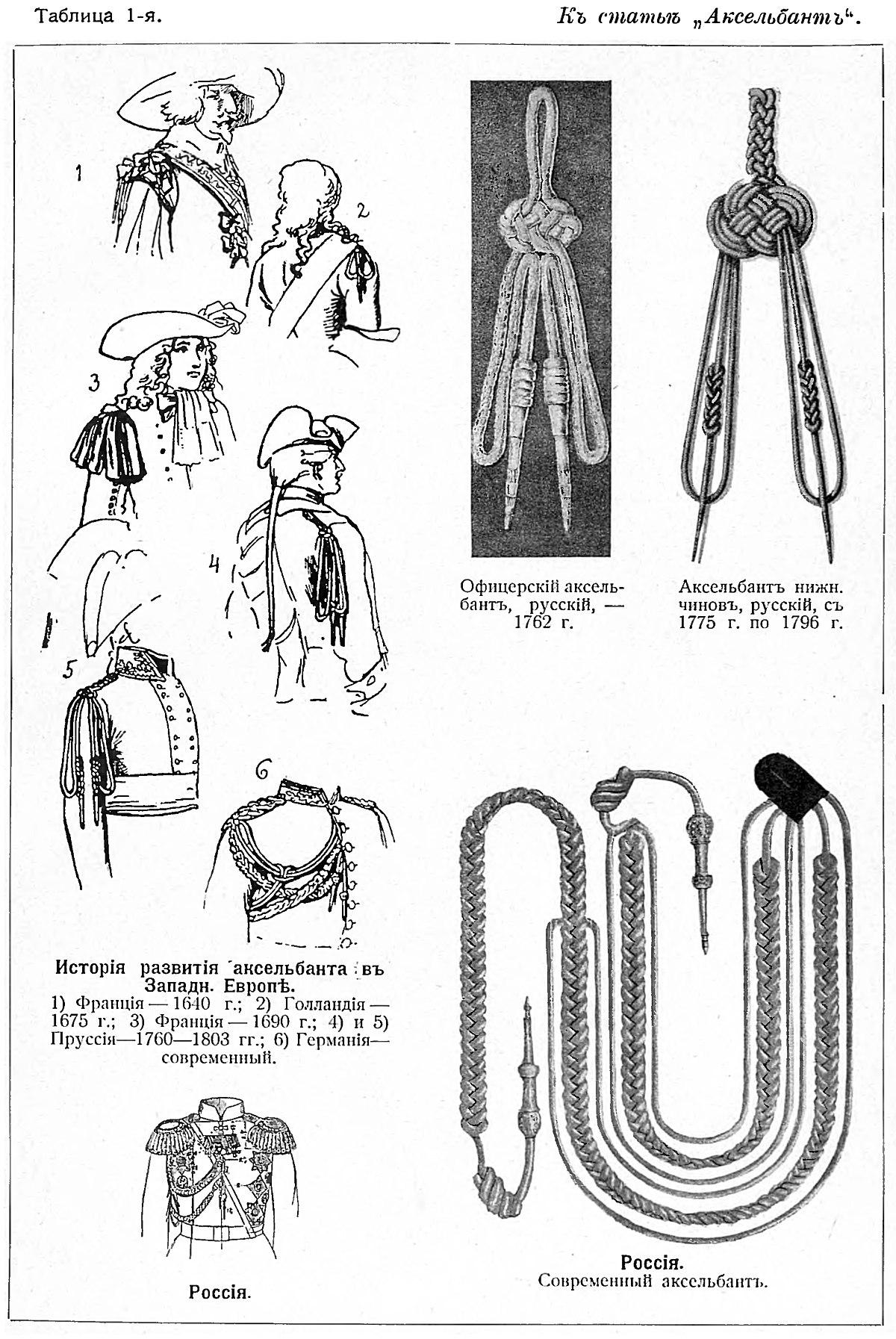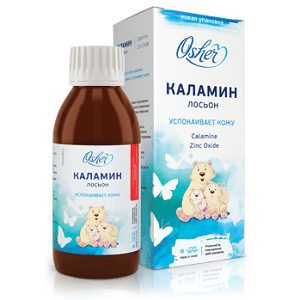
Metal Pattern Part 3 - Everything Else
After lithium, which is increasingly used in the modern economy, and sodium and potassium, which are among the most important elements in industry and the living world, the time has come for the rest of the alkaline elements. Before us is rubidium, cesium and franc.
The last three elements are very similar to each other, and at the same time have similar properties with potassium and together with it form a subgroup called potassium. Since you will almost certainly not be able to make any experiments with rubidium and cesium, you must content yourself with the information that they react like potassium and that their compounds have the same solubility as its compounds.
1. Fathers of spectroscopy: Robert Wilhelm Bunsen (1811-99) on the left, Gustav Robert Kirchhoff (1824-87) on the right
Early advances in spectroscopy
The phenomenon of coloring the flame with compounds of certain elements was known and used in the manufacture of fireworks long before they were released into the free state. At the beginning of the nineteenth century, scientists studied the spectral lines that appear in the light of the Sun and emitted by heated chemical compounds. In 1859, two German physicists - Robert Bunsen i Gustav Kirchhoff - built a device for testing the emitted light (1). The first spectroscope had a simple design: it consisted of a prism that separated light into spectral lines and eyepiece with lens for their observation (2). The usefulness of the spectroscope for chemical analysis was immediately noticed: the substance breaks up into atoms at the high temperature of the flame, and these emit lines characteristic only of themselves.
2. G. Kirchhoff at the spectroscope
3. Metallic cesium (http://images-of-elements.com)
Bunsen and Kirchhoff began their research and a year later evaporated 44 tons of mineral water from a spring in Durkheim. Lines appeared in the sediment spectrum that could not be attributed to any element known at that time. Bunsen (he was also a chemist) isolated the chloride of a new element from the sediment, and gave the name to the metal contained in it. THROUGH based on the strong blue lines in its spectrum (Latin = blue) (3).
A few months later, already in 1861, scientists examined the spectrum of the salt deposit in more detail and discovered the presence of another element in it. They were able to isolate its chloride and determine its atomic mass. Since red lines were clearly visible in the spectrum, the new lithium metal was named rubid (from Latin = dark red) (4). The discovery of two elements through spectral analysis convinced chemists and physicists. In subsequent years, spectroscopy became one of the main research tools, and discoveries rained down like a cornucopia.
4. Metal rubidium (http://images-of-elements.com)
Rubid it does not form its own minerals, and cesium is only one (5). Both elements. The surface layer of the Earth contains 0,029% rubidium (17th place in the list of elemental abundances) and 0,0007% cesium (39th place). They are not bioelements, but some plants selectively store rubidium, such as tobacco and sugar beets. From a physicochemical point of view, both metals are “potassium on steroids”: even softer and fusible, and even more reactive (for example, they ignite spontaneously in air, and even react with water with an explosion).
via it is the most "metallic" element (in the chemical, not in the colloquial sense of the word). As mentioned above, the properties of their compounds are also similar to those of analogous potassium compounds.
5 Pollucite Is The Only Cesium Mineral (USGS)
metallic rubidium and cesium is obtained by reducing their compounds with magnesium or calcium in a vacuum. Since they are only needed to produce certain types of solar cells (incident light easily emits electrons from their surfaces), the annual production of rubidium and cesium is in the order of hundreds of kilograms. Their compounds are also not widely used.
As with potassium, one of the isotopes of rubidium is radioactive. Rb-87 has a half-life of 50 billion years, so the radiation is very low. This isotope is used to date rocks. Cesium has no naturally occurring radioactive isotopes, but CS-137 is one of the fission products of uranium in nuclear reactors. It is separated from spent fuel rods because this isotope was used as a source of g-radiation, for example, to destroy cancerous tumors.
In honor of France
6. The discoverer of the French language - Marguerite Perey (1909-75)
Mendeleev had already foreseen the existence of lithium metal heavier than cesium and gave it a working name. Chemists have looked for it in other lithium minerals because, like their relative, it should be there. Several times it seemed that it was discovered, although hypothetically, but never materialized.
In the early 87s, it became clear that element 1914 was radioactive. In 227, Austrian physicists were close to discovering. S. Meyer, W. Hess, and F. Panet observed a weak alpha emission from the actinium-89 preparation (in addition to abundantly secreted beta particles). Since the atomic number of actinium is 87, and the emission of an alpha particle is due to the "reduction" of the element to two places in the periodic table, the isotope with atomic number 223 and mass number XNUMX should have been alpha particles of similar energy, however (the range of particles in air is measured proportionally their energy) also sends out an isotope of protactinium, other scientists have suggested contamination of the drug.
War soon broke out and everything was forgotten. In the 30s, particle accelerators were designed and the first artificial elements were obtained, such as the long-awaited astatium with atomic number 85. In the case of element 87, the level of technology of that time did not allow obtaining the necessary amount of material for synthesis. French physicist succeeded unexpectedly Marguerite Perey, a student of Maria Sklodowska-Curie (6). She, like the Austrians a quarter of a century ago, studied the decay of actinium-227. Technological progress made it possible to obtain a pure preparation, and this time no one had any doubts that it had been finally identified. The explorer named him французский in honor of their homeland. Element 87 was the last to be discovered in minerals, subsequent ones were obtained artificially.
French it is formed in the side branch of the radioactive series, in a process with low efficiency and, moreover, is very short-lived. The strongest isotope discovered by Mrs. Perey, Fr-223, has a half-life of just over 20 minutes (meaning only 1/8 of the original amount remains after an hour). It has been calculated that the entire globe contains only about 30 grams of franc (an equilibrium is established between the decaying isotope and the newly formed isotope).
Although the visible part of the franc compounds was not obtained, its properties were studied, and it was found that it belongs to the alkaline group. For example, when perchlorate is added to a solution containing franc and potassium ions, the precipitate will be radioactive, not the solution. This behavior proves that FrClO4 slightly soluble (precipitates with KClO4), and the properties of francium are similar to those of potassium.
France, how would he be...
… If I could get a sample of it visible to the naked eye? Of course, soft as wax, and perhaps with a golden hue (the cesium above it is very soft and yellowish in color). It would melt at 20-25°C and vaporize around 650°C (estimate based on data from the previous episode). In addition, it would be very chemically active. Therefore, it should be stored without access to oxygen and moisture and in a container that protects against radiation. It would be necessary to hurry with experiments, because in a few hours there would be practically no French left.
Honorary lithium
Remember the pseudo-halogens from last year's halogen cycle? These are ions that behave like anions such as Cl- or no-. These include, for example, cyanides CN- and SCN moles-, forming salts with a solubility similar to that of group 17 anions.
Lithuanians also have a follower, which is the ammonium ion NH. 4 + - a product of the dissolution of ammonia in water (the solution is alkaline, although weaker than in the case of alkali metal hydroxides) and its reaction with acids. The ion similarly reacts with the heavier alkali metals, and its closest relationship is to potassium, for example, it is similar in size to the potassium cation and often replaces K+ in its natural compounds. Lithium metals are too reactive to be obtained by electrolysis of aqueous solutions of salts and hydroxides. Using a mercury electrode, a metal solution in mercury (amalgam) is obtained. The ammonium ion is so similar to alkali metals that it also forms an amalgam.
In the systematic course of the analysis of L.magnesium ion materials are the last to be discovered. The reason is the good solubility of their chlorides, sulfates and sulfides, which means that they do not precipitate under the action of previously added reagents used to determine the presence of heavier metals in the sample. Although ammonium salts are also highly soluble, they are detected at the very beginning of the analysis, since they do not withstand heating and evaporation of solutions (they decompose quite easily with the release of ammonia). The procedure is probably known to everyone: a solution of a strong base (NaOH or KOH) is added to the sample, which causes the release of ammonia.
Sam ammonia it is detected by smell or by applying a universal piece of paper moistened with water to the neck of a test tube. NH gas3 dissolves in water and makes the solution alkaline and turns the paper blue.
7. Detection of ammonium ions: on the left, the test strip turns blue under the action of released ammonia, on the right, a positive result of the Nessler test
If ammonia is detected by smell, remember the rules for using the nose in the laboratory. Therefore, do not lean over the reaction vessel, direct the vapors towards yourself with a fan movement of your hand and do not inhale the air "full chest", but let the aroma of the compound reach your nose by itself.
The solubility of ammonium salts is similar to that of analogous potassium compounds, so it may be tempting to prepare ammonium perchlorate NH.4Clo4 and a complex compound with cobalt (for details, see the previous episode). However, the methods presented are not suitable for detecting very small amounts of ammonia and ammonium ions in a sample. In laboratories, Nessler's reagent is used for this purpose, which precipitates or changes color even in the presence of traces of NH3 (7)
However, I strongly advise against doing a suitable test at home, as it is necessary to use toxic mercury compounds.
Wait until you are in a professional laboratory under the professional supervision of a mentor. Chemistry is fascinating, but - for those who do not know it or are careless - it can be dangerous.
See also:
